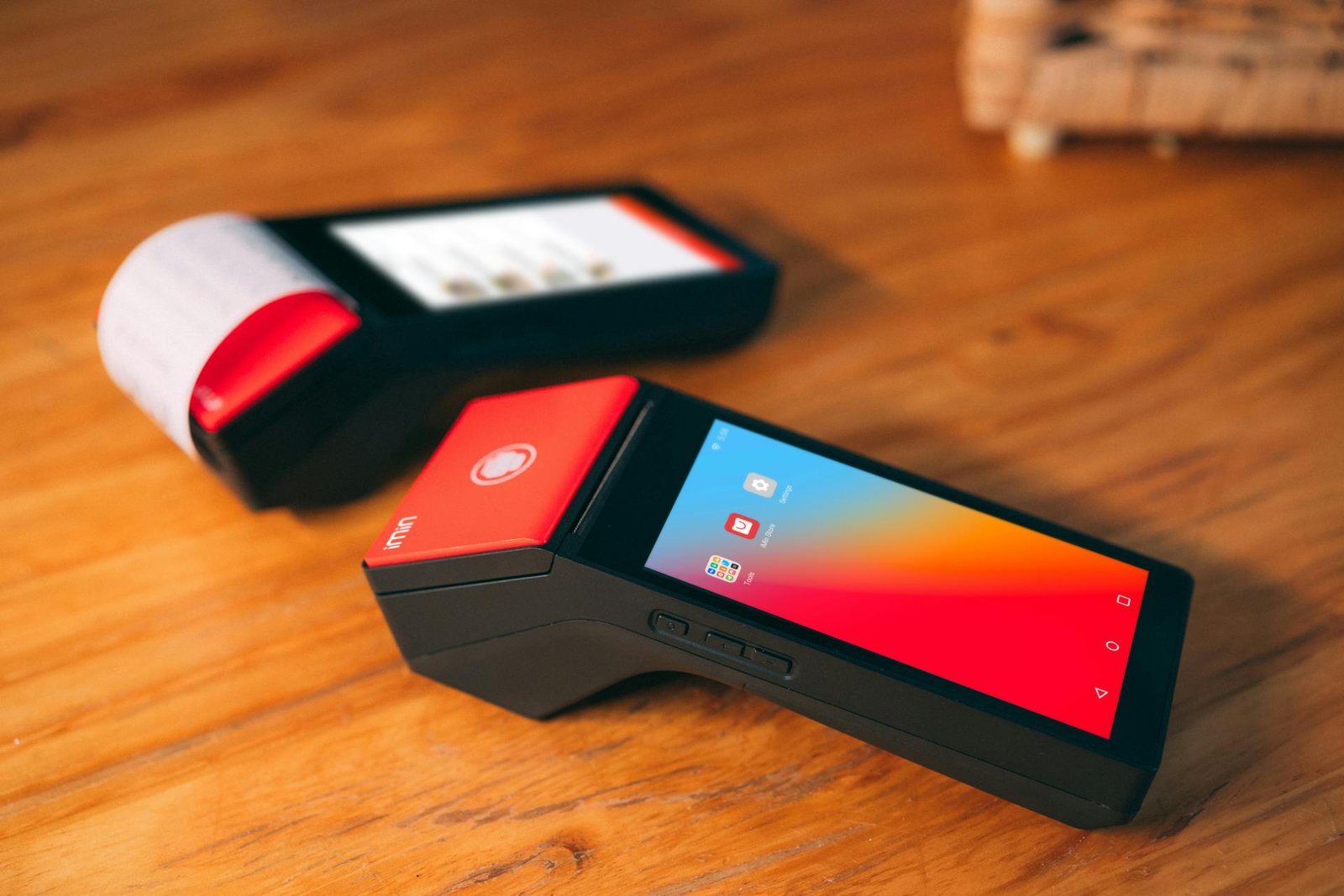Graphic design is no longer just for professionals with years of training. Today, thanks to easy-to-use online tools, anyone can create eye-catching visuals for social media, presentations, websites, or marketing materials. The real question is: which tool should you choose?
With so many platforms available, it can be hard to know where to start. Canva, Visme, Adobe Express, and VistaCreate are four of the most popular options, each with its own strengths. In this article, we’ll take a closer look at what each one offers, who they’re best for, and how you can decide which one fits your needs.
1-Canva
Canva is a favorite for many individuals, small businesses, educators, and marketers. It’s known for its ease of use and flexibility. The platform is built with the beginner in mind, but even experienced designers use it to speed up their workflow.
When you log into Canva, you get access to thousands of pre-made templates for everything from Instagram posts and YouTube thumbnails to business cards and newsletters. You don’t need to know anything about design theory. Just drag, drop, and customize.
One of Canva’s best features is its vast library of graphics, icons, stock photos, and fonts. You can create a professional-looking design in minutes, even with the free version. But if you want more templates, brand kits, and advanced features like background remover or content planner, the Pro version is well worth it.
You can try Canva Pro here with a free trial to see if it works for your needs.
Collaboration is another strong point. Canva allows teams to work together in real-time, making it easier to manage branding and stay consistent across your content.
2-Visme
While it offers templates for social media and flyers just like Canva, where it really stands out is in data visualization and business-focused content.
If your work includes creating charts, infographics, presentations, or reports, Visme is worth a serious look. The platform makes it easy to turn boring data into attractive visuals that are easy to read and share. You can even add animations and interactivity, which is great for pitch decks or internal dashboards.
Visme is used by many educators, corporate trainers, marketers, and business analysts. It may take a bit longer to learn than Canva because of its extra features, but once you’re familiar with it, it becomes a powerful part of your workflow.
For professionals who often create slide decks or analytics reports, Visme offers a balance between design and function. While it also has a free version, the full value comes from upgrading to a paid plan if you use it regularly for work.
3-Adobe Express
Adobe Express, formerly known as Adobe Spark, is Adobe’s lightweight design tool for everyday creators. If you’re already using tools like Photoshop, Lightroom, or Illustrator, Adobe Express fits neatly into your creative workflow. But it also works well on its own.
It’s great for quick projects like social media posts, flyers, or small promotional materials. It offers built-in access to Adobe Fonts and Adobe Stock photos, giving you high-quality resources without needing separate subscriptions.
The layout is user-friendly and designed to make graphic design fast and efficient. While not as customizable as Photoshop, Adobe Express is perfect for people who want solid templates and a familiar Adobe experience without the learning curve.
Adobe Express includes a mobile app, making it easy to design from your phone or tablet. If you value simplicity with a touch of Adobe polish, this tool might be just right for you.
4-VistaCreate
VistaCreate, previously known as Crello, is a visually rich design tool geared toward creators who work mostly on social media platforms. Like Canva, it provides plenty of ready-made templates, easy drag-and-drop editing, and access to stock images and videos.
What makes VistaCreate special is its animated design features. If you want to post moving graphics or short video ads, VistaCreate makes it easy without needing separate video editing software.
VistaCreate’s dashboard feels modern and beginner-friendly, and it’s ideal for influencers, content creators, and small business owners who post regularly on platforms like Instagram, Facebook, or TikTok.
Its paid version is competitively priced and includes extra animations, premium templates, and more design formats. If you’re interested in giving it a try, visit the official site here to learn more.
Features to Consider Before Choosing
All these platforms offer design help, but they each focus on slightly different goals. To find the right one, think about your daily needs.
If you mostly create social media content, you’ll want something quick and template-based. If you work with a team or need branding tools, collaboration features become more important. If you deal with presentations and numbers, visual storytelling and chart tools will matter more.
Some features to keep in mind:
Also, consider how important mobile access is to you. Some platforms, like Canva and Adobe Express, offer full mobile apps that let you design on the go.
Pricing: Free vs Paid Plans
All four platforms offer free versions with plenty of useful tools, so you can start designing without spending anything. But for serious or frequent use, upgrading often unlocks major benefits like brand kits, extra templates, storage, and premium graphics.
Here’s a general idea of what to expect:
Most platforms offer monthly and annual payment options. If you’re not ready to commit, you can often start with a free trial and explore their premium features before deciding.
Final Verdict: Which Tool Should You Use?
There’s no one-size-fits-all answer, but here’s a simple breakdown:
Still unsure? Start with Canva’s free trial to see what a premium design tool feels like without any commitment.








